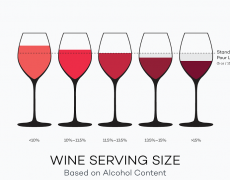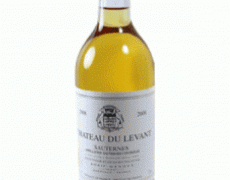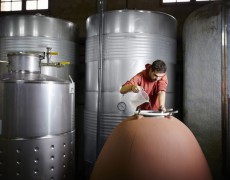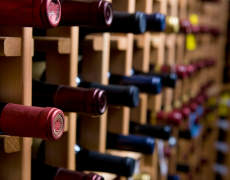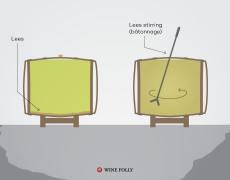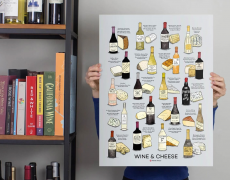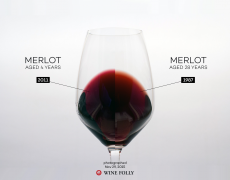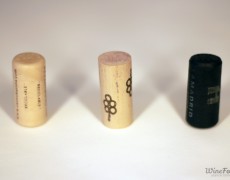Any wine – be it Riesling or Cabernet – can be either dry or sweet.
The sweetness of wine is determined by the winemaker. Of course, popular varietal wines and styles tend to share the same sweetness level. Wine sweetness ranges from virtually nothing to upwards of 70% sweetness (like a rare bottle of Spanish PX!).
Here are a couple of simplified charts of popular wines listed from dry to sweet.
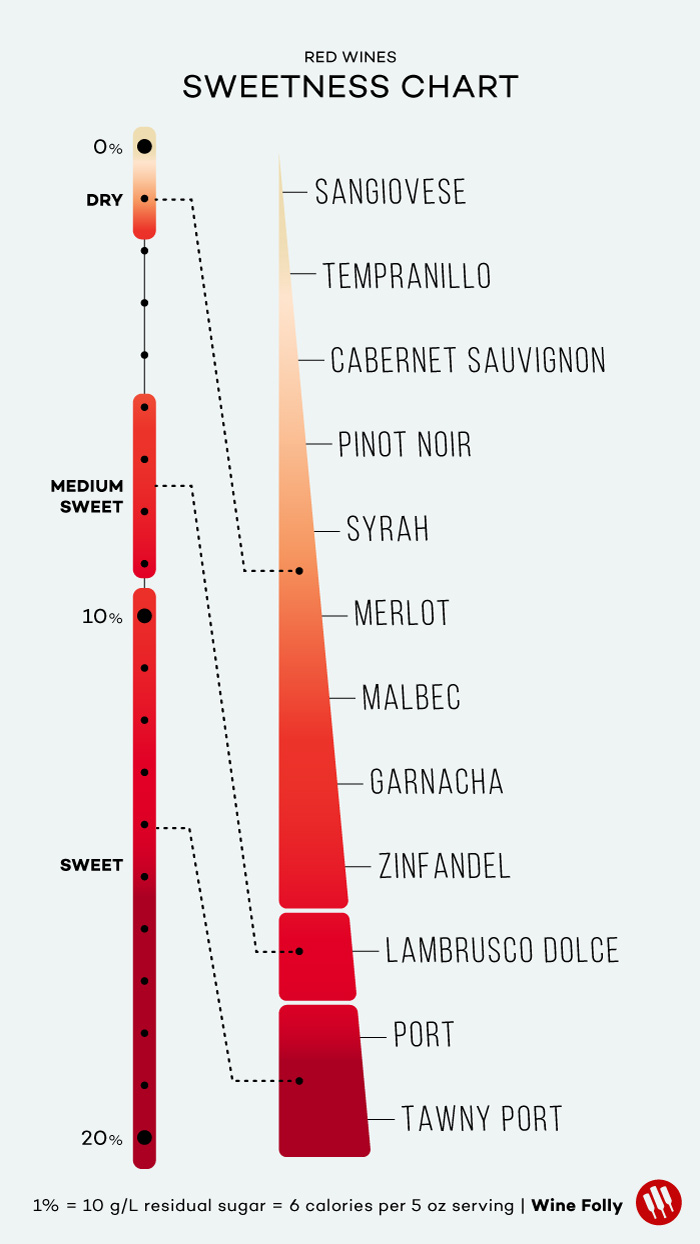
Since wine ranges in sweetness, you have to do a little recon to figure out the actual sweetness level of a specific wine. You can use wine tech sheets to find the exact number. (So useful!)
When reading a tech sheet:
- Wines below 1% sweetness are generally considered dry.
- Wines above 3% sweetness are considered “off dry,” or semi-sweet.
- Wines above 5% sweetness are noticeably sweet!
- Dessert wines start at around 7–9% sweetness.
- 1% sweetness is equal to 10 g/L residual sugar (RS).
- 1% sweetness equates to a little less than 2 carbs per 5 oz / 150 ml serving.
- 1% sweetness equals about 6 calories per 5 oz / 150 ml serving.
By the way, the average wine drinker can’t detect sweetness levels below 1.5%. That said, trained tasters guesstimate sweetness within about 0.2% – this is totally learnable!
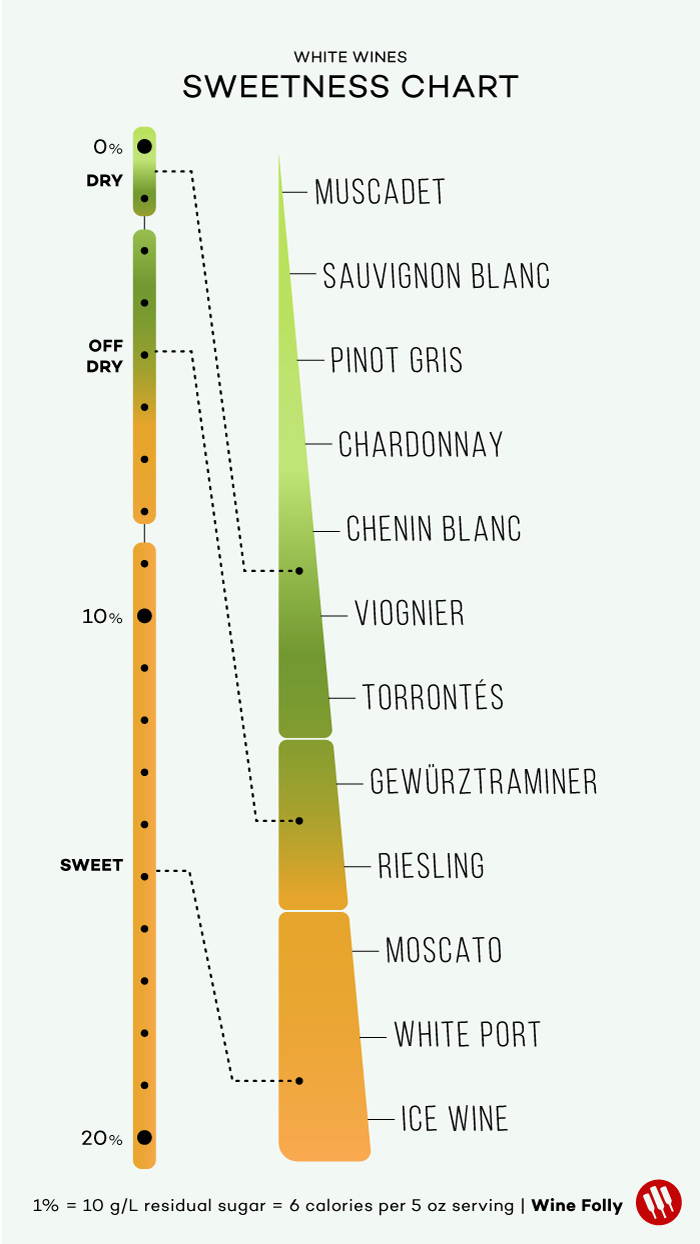
Where does the sweetness in wine come from?
Thousands of years ago, winemakers figured out how to stop fermentation (by various means) to keep a little leftover grape sugar in their wines. This is where sweetness in wine comes from.
Wine geeks call these leftover sugars “residual sugar,” because the sugar comes from the sweetness of grapes. There are, of course, some poor quality wines made with added sugar (called chaptalization), but this is generally frowned upon.
In truth, we humans are not particularly adept at sensing sweetness. For example bitterness, or tannins in wine, reduces the perception of sugar. So does acidity.
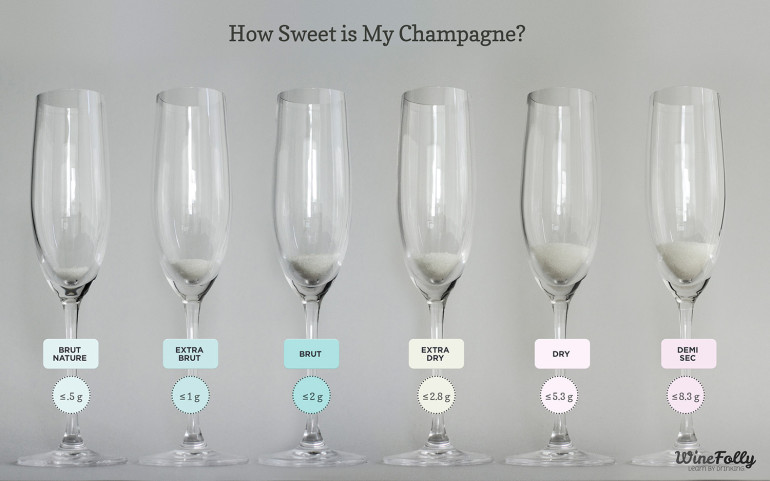 Unlike still wines, sparkling wines are allowed to add sweetness. This is where the term “Brut” comes
Unlike still wines, sparkling wines are allowed to add sweetness. This is where the term “Brut” comes
Source: winefolly.com

